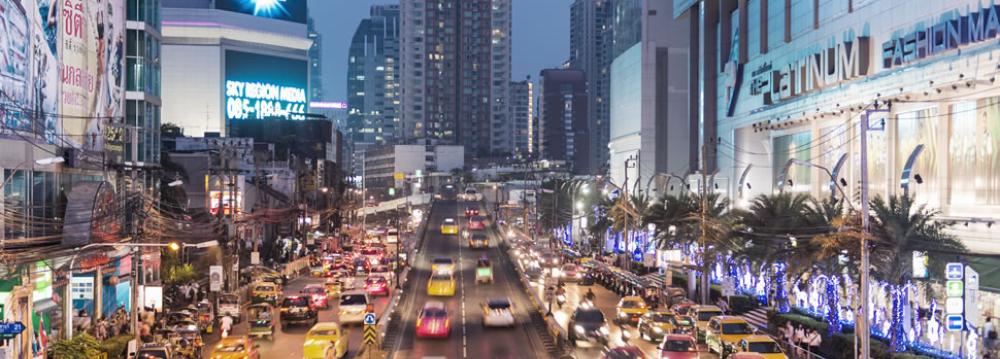An air of slightly uneasy calm hangs over the economies of emerging markets. EM asset prices—and currencies for the most part—have continued to rise in recent weeks after recovering from the turmoil at the beginning of the year.
Last week, the Institute of International Finance said that the recovery in emerging economies had continued into the second quarter, the estimated 3.4% annualized growth in April being 0.4 percentage points above its 12-month moving average, FT online reported.
But it would be a foolhardy investor who infers that everything in the EM world is fine. Too much of the recovery seems to be owed to volatile factors, notably a rise in commodity prices and a debt-fuelled expansion in the first quarter in China, which could easily be reversed.
The fact that the rally over the past couple of months has even swept up currencies like the Brazilian real and the Turkish lira, beset by political uncertainties and a creaking economic model, suggests that they have more to do with a short-term bounce than improvement in fundamentals.
If the commodity recovery has run its course—and the recent sharp falls in iron ore prices are a sign that demand for raw materials remains uncertain—the supportive environment may soon dissipate.
And while the dimming prospect of the Federal Reserve raising interest rates in the near term has also boosted EM asset prices, expectations of rate hikes are now so low that the potential boost has also probably largely been used up.
Signs of serious structural reform in emerging markets remain rare.
Headway Needed
Nigeria, to its credit, has taken advantage of lower oil prices to lift its price cap on imported fuel. But that was an emergency response to a balance of payments crisis that has seen the currency plummet rather than a determined and principled effort to wean Nigerian consumers off heavily subsidized energy.
In India, Prime Minister Narendra Modi made a good start with fuel subsidies reform but has yet to make much headway increasing investment, particularly in infrastructure, and tackling corruption.
Mexican President Enrique Pena Nieto achieved some early results but has encountered increasing opposition, in particular to education reform.
Events of recent months have gone some way to recreating the benign external environment for emerging markets in the five years following the global financial crisis—supportive commodity prices and the prospect of low interest rates in the US and other major developed markets for a time to come.
But as investors and governments discovered, the removal of those props, or the prospect of their diminishing, can lead to a marked slowing of economic growth and periodic turmoil in asset markets.
The worst thing emerging markets could do is to repeat the complacency of the boom years and treat good luck as their due.


